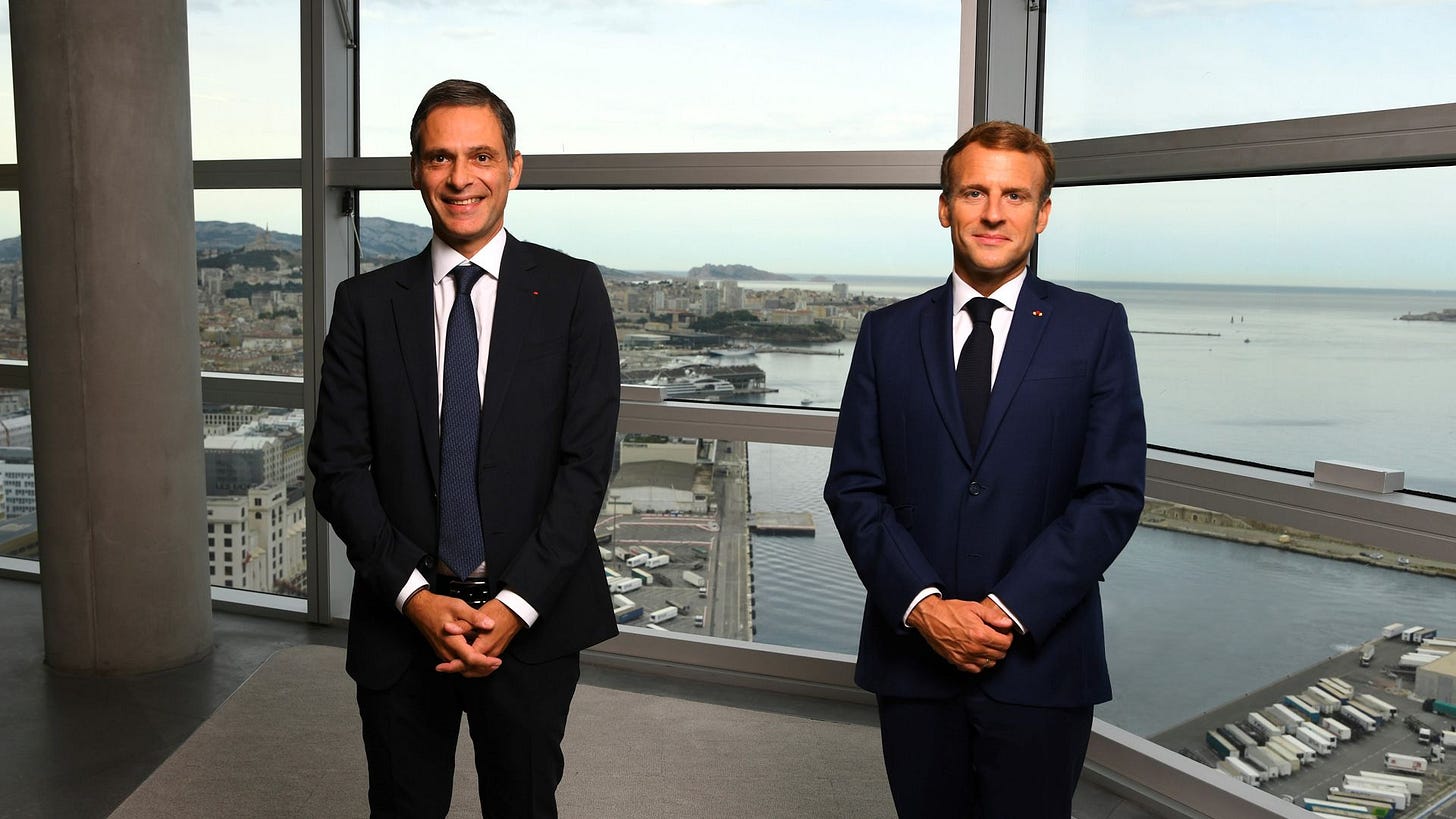🔥CMA CGM’s $2B+ Mega Order: China vs. S. Korea—Who Will Win the Shipyard Race?
🌍LNG, shipyard politics, and CMA-CGM $2B Strategy—explained.
🎖️Subscribe /✨Sponsorship /📊Exclusive Report /🙏Rate us /🎁Send Gift
🔥Greetings, Maritime Mavericks!
As the world worried about chokepoints and carbon targets, CMA CGM CEO Rodolphe Saadé made a smart move that could shift the future of container shipping.
Behind closed doors, CMA-CGM is negotiating a $2.2 billion ship order for up to 12 dual-fuel LNG-powered giants—each between 20,000 and 24,000 TEU.
But this isn’t about fleet growth. It’s a calculated, geopolitical maneuver.
🔻One week ago, he was in Washington pledging U.S. shipbuilding to dodge Chinese sanctions.
🔺Now? He’s in a bidding war between China’s Hudong-Zhonghua and South Korea’s Samsung and Hanwha—each desperate for yard slots in 2028–2029.
This is not a ship deal.
It’s a 2030 positioning strategy disguised as a procurement round.
🧭 What Makes This Order So Critical?
💸 Each ship may cost $180M–$220M, depending on yard and spec. The total order could top $2.2B.
🌎 Yard slots are tight globally until 2029. Securing these now blocks rivals from scaling.
🧯 Fuel strategy: While Maersk backs methanol, CMA-CGM is doubling down on LNG—more scalable, cheaper, and compliant today.
⚠️ Political risk: 34.5% of CMA CGM’s current fleet is China-built. U.S. law could fine $1M per port call starting 2026.
⁉️Here Are 10 Strategic Questions
Why is CMA-CGM betting on LNG over methanol?
What’s the risk of choosing Chinese yards again?
Why are Korean shipbuilders more attractive?
Will CMA-CGM split the order?
Could this trigger overcapacity?
Can the U.S. yards realistically deliver?
How are rivals reacting?
Could this deal collapse over politics?
What role does financing play here?
What’s the real long-term play here?
Let’s break them down — one strategic play at a time.
❓ Why is CMA-CGM betting on LNG over methanol?
🌿 LNG is proven, globally bunkered, and compatible with bio-LNG. It delivers CO₂ reductions now, not hypothetically in 2032.
❓ What’s the risk of choosing Chinese yards again?



